
Rocker switches—those familiar "boat-shaped" toggles found in electronics—are more than just simple on/off controls. From household appliances to industrial machinery, these switches are the unsung heroes of electrical systems. But what makes them so versatile? Let’s dive into their design, applications, and why they’re a staple in modern engineering.

What is a Rocker Switch?
- Definition and basic structure (SPST, SPDT, DPDT configurations).
- How it works: Mechanical toggling vs. momentary action.
Applications in Everyday Life
- Consumer Electronics: Smartphones, gaming controllers, and LED lights.
- Automotive: Dashboard controls for lights, AC, and infotainment systems.
- Medical Devices: Power control in portable equipment like ECG machines.
- Industrial Use: High-reliability switches for machinery and safety systems.
Choosing the Right Rocker Switch
- Factors: Voltage/amp ratings, IP ratings (water/dust resistance), and durability.
- Example: A DPDT switch for reversing motor direction in robotics.
Why Rocker Switches Stand Out
- User-friendly design, compact size, and long lifespan (up to 100,000 cycles).
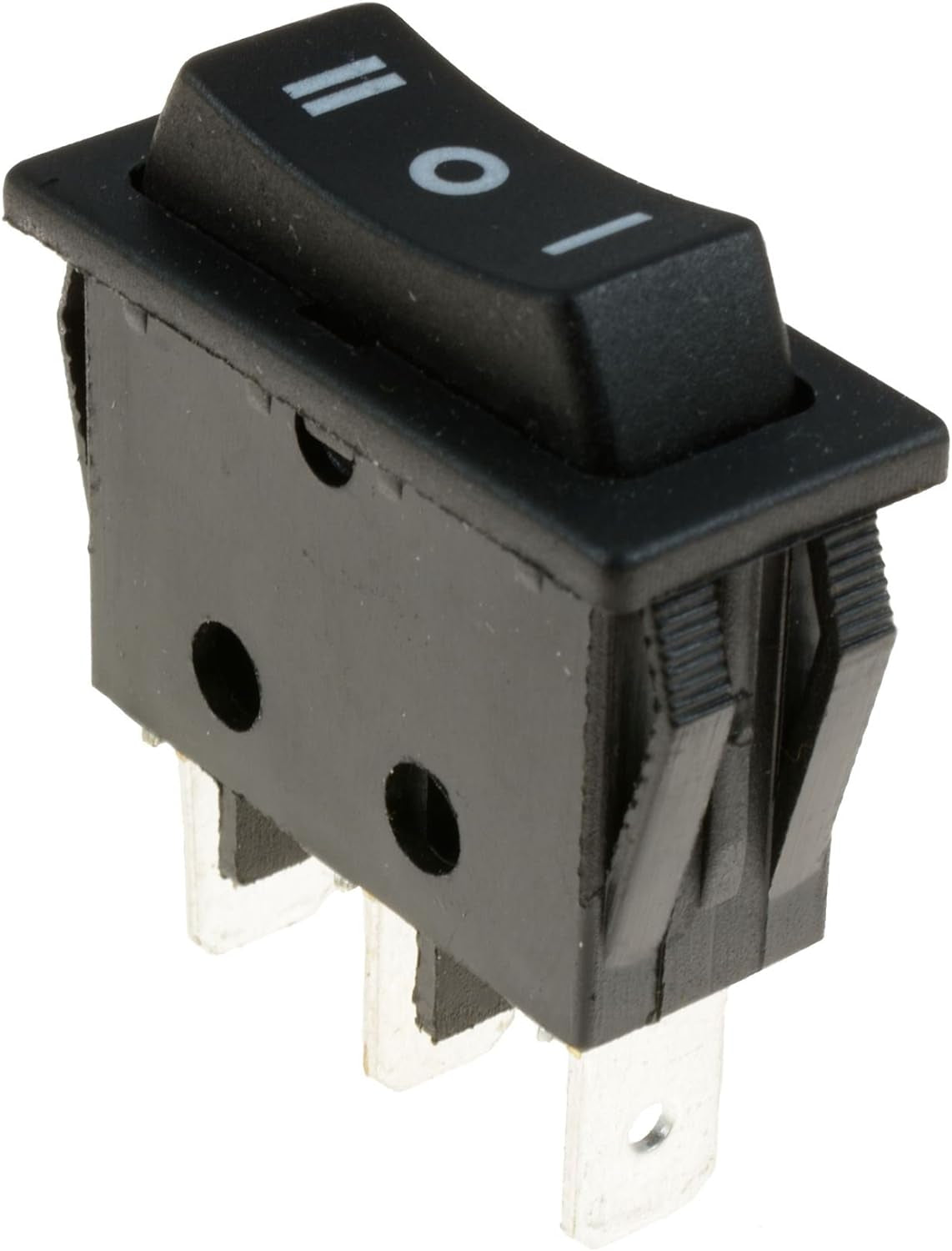
Rocker switches are a testament to engineering simplicity and efficiency. Whether you’re an engineer designing a device or a consumer troubleshooting a gadget, understanding their role unlocks better performance and safety.
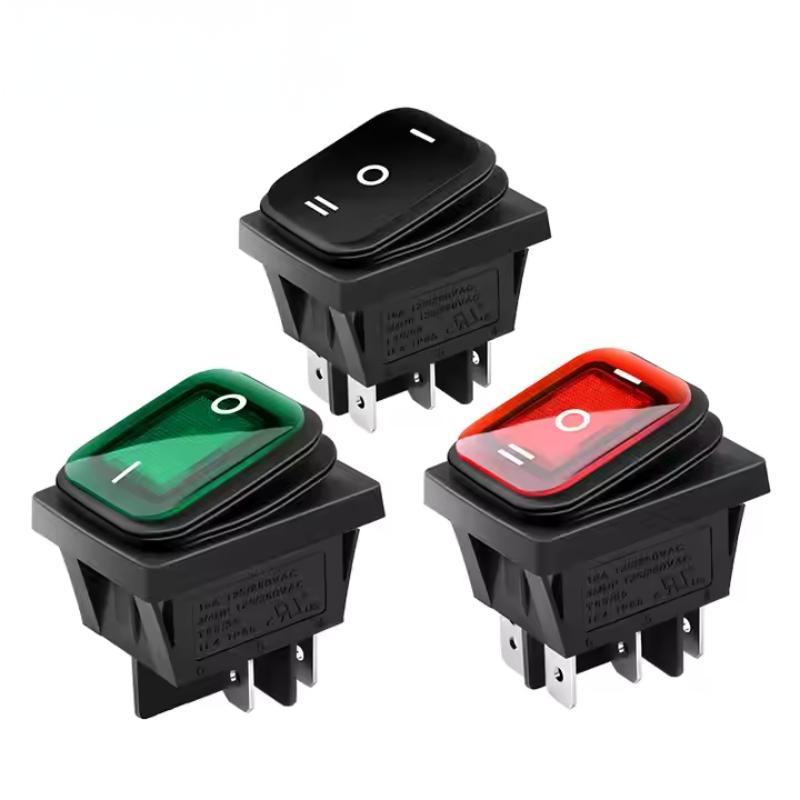
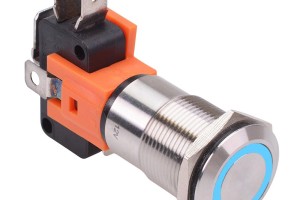
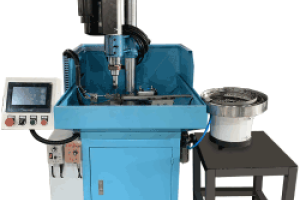
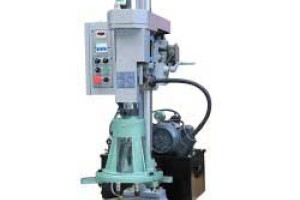
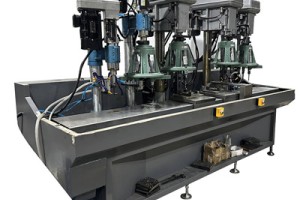

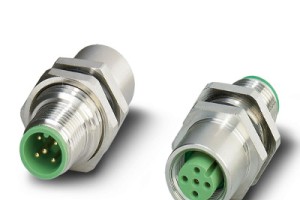
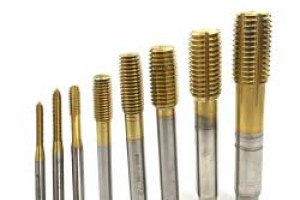
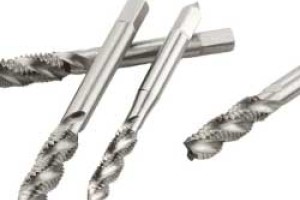
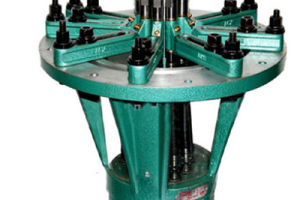
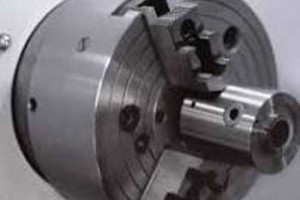
Leave a comment